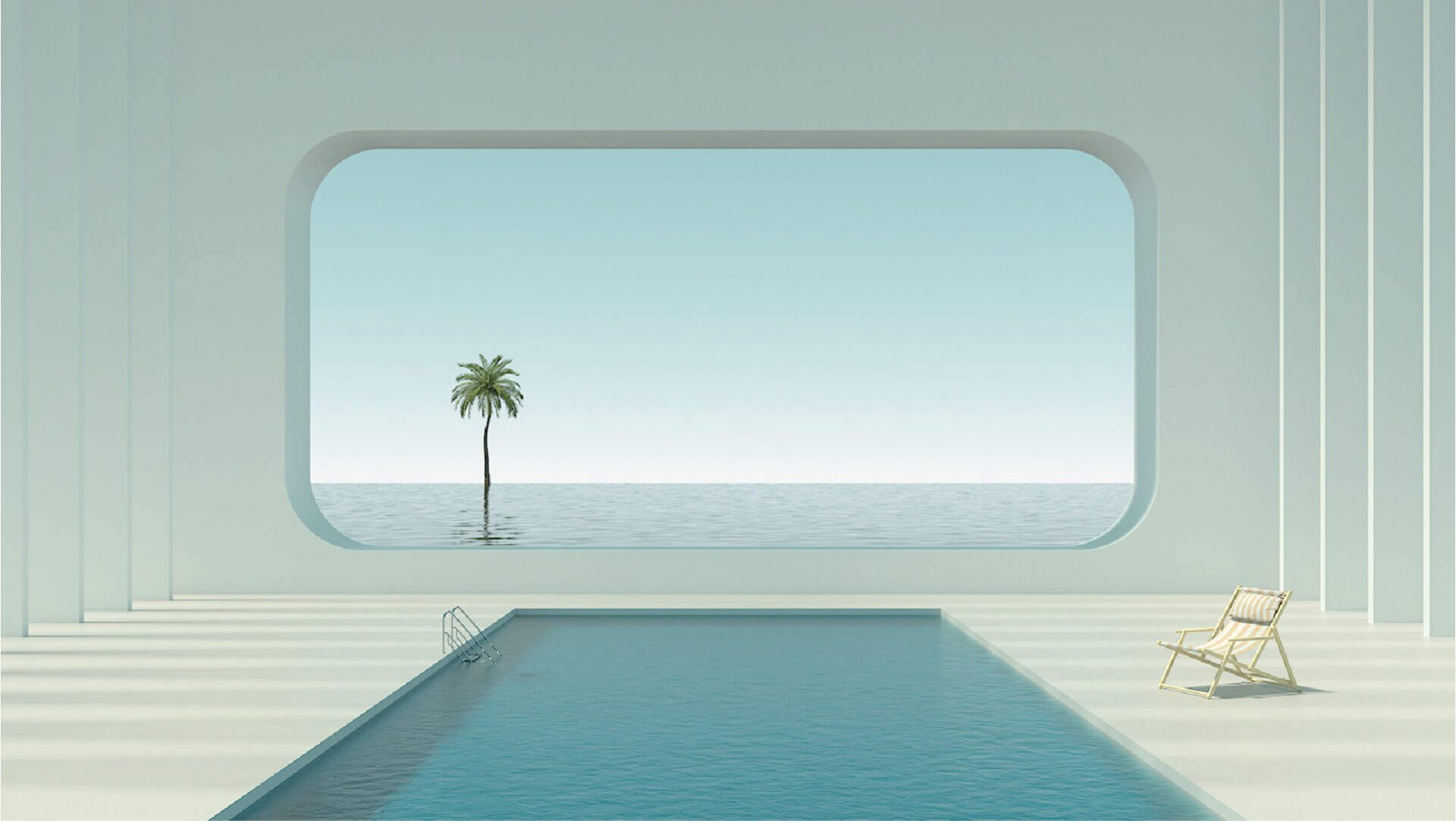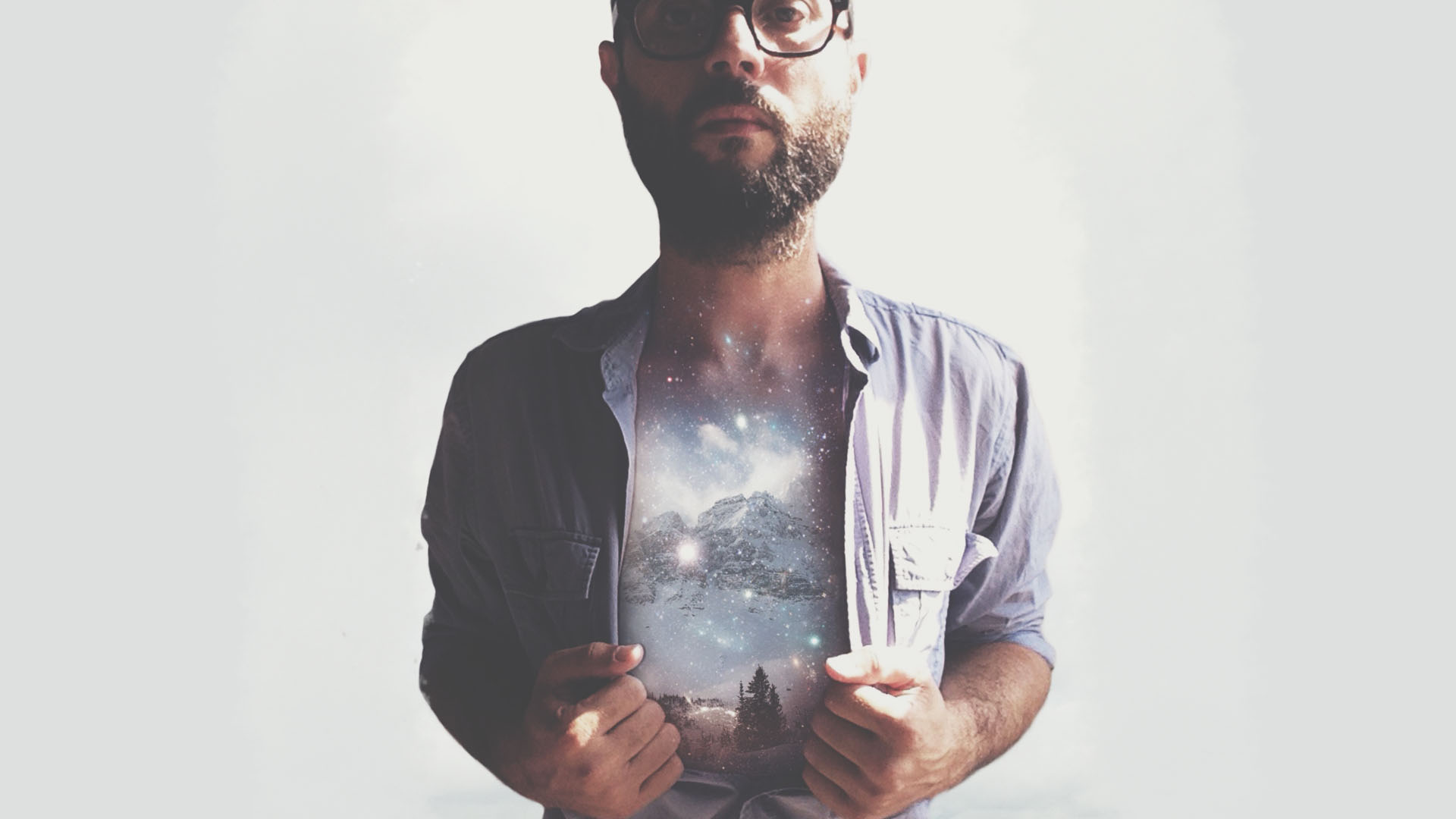Natural history, magic and the art of illusion – interview with Sonny Tilders
“Many things have drawn me to do what I do most of them stemming from childhood interests.”

Creative director & CEO of Creature Technology Co., Sonny Tilders’ career has spanned some 25 years in which he has designed and built creatures and contraptions, models and special effects for the film and theatrical industries. From its theatrical roots Creature Technology Co. has evolved and expanded over its first 12 years, bringing its technologically advanced animatronic creature and puppet design to a variety of entertainment fields.
In 2014, Creature Technology Co. successfully designed and built 3 giant animatronic mascots for the opening and closing ceremonies of the Sochi Winter Olympics, witnessed by billions.
More recently the company has commenced a significant collaboration with Universal Creative to bring their remarkable creations to theme parks around the world

What motivated you to do what you do today?
Sonny Tilders:
“Many things have drawn me to do what I do most of them stemming from childhood interests. Natural history, magic and the art of illusion, mechanical contraptions – these things have always held a fascination for me. I have a natural curiosity for how things work whether they be living or man-made.
My job at Creature Technology combines all these with an adult found passion for design and making. The idea that in a workshop with a few materials and tools one can conjure up the illusion of life is a very compelling one for me.”
How do you create creatures that appeal to both adults and children?
Sonny Tilders:
“I think creatures can appeal to both equally – that is to say an adult never loses their childhood attraction to puppets – the willingness to suspend disbelief and see life in animated creatures is one that most adults freely give in to.”
What is the creative process that passes from the idea to its realisation? What are the main stages and challenges?
Sonny Tilders:
“The process of creating animatronic creatures demands that the creative and technical process are heavily intertwined from the the very first stages through to completion. Puppetry is a physical medium and unlike our friends in digital animation the laws of physics govern what is possible and practical.
Creativity needs to work within these constraints at the same time pushing the boundary’s of what is possible to ensure the illusion is powerful and compelling.”
Do you imagine a time when your creations will move freely in the streets or parks, like in Jurassic Park? I think, for example, of the progress made by the robots of Boston Dynamics. Do you see similarities with what you do?
Sonny Tilders:
“Yes the work Boston Dynamics do is astounding. It’s important to distinguish the work they do from that of Creature Technology. It may look similar but we are motivated by totally different objectives.
At Creature Technology, we are driven to create the illusion of life.
Our objective is not to fool the guest but to draw them in by subtle and sublime movement and the qualities of character and emotion to allow them to suspend disbelief and use their imagination to see life in our creations.
The techniques we use could be complex and technical but they could equally be simple and low tech – it doesn’t matter – as long as they support the illusion.
Boston Dynamics, by imitating the movement of living creatures are seeking to create new modes of transportation and mechanical aptitude. The driver for them it seems is technology and its practical application. The illusion of life is a by-product rather than a goal.
The worlds will no doubt collide in the future but cost will be a key factor in just how quickly this may happen. Whilst there’s money in entertainment it’s nothing compared to the deep pockets of the military.”
What are the characteristics you are looking for in a young designer who would like to work at Creature Technology Co.?
Sonny Tilders:
“We have many design roles at CTC from technical and creative disciplines.
What I look for in designers from either end of the spectrum is a willingness to crossover from one to the other.
In other words, the best technicians for us are ones that think creatively and the best creative artists are the ones that have the ability to think technically. It is the combination of these mindsets that makes the best integrated designs.”
How do you think BODW can foster the change and dialogue of Asia’s design industry?
Sonny Tilders:
“I don’t know that much about the design industry in Asia but what I can say is that I found BODW to be an exciting and engaging forum for all sorts of design disciplines. I was energised by what I saw and by the people I met.
Outlets for creative energy such as this are key if you want to foster a healthy design industry. Creativity can have a wonderful snow ball effect – one person’s idea builds on another and so on, but this can only happen if people are willing to share not only their work but also their process, their challenges and at least some of their secrets.”






